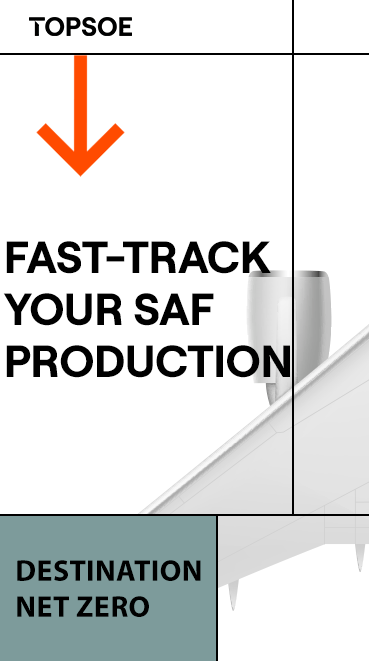All Nippon Airways’ 2nd Green Jet uses SAF on inaugural flight from Tokyo to Fukuoka
- All Nippon Airways
- Nov 16, 2022
- 2 min read

All Nippon Airways, Japan’s largest and 5-Star airline for nine consecutive years, announced its second ANA Green Jet will enter service on regularly scheduled domestic flights.
To commemorate its inaugural takeoff, ANA will use sustainable aviation fuel (SAF) on the aircraft, marking the first time ANA will use SAF produced by Neste on domestic flights.
“To be able to use mass-produced SAF for domestic flights is an exciting step toward reducing our carbon emissions and achieving our sustainability goals,” said Shinichi Inoue, president and CEO of ANA. “In addition, with the use of the ANA Green Jet on domestic routes to raise awareness of SAF with our customers and the public, ANA hopes to be a leader in the industry and inspire others to follow suit.”
The second ANA Green Jet began service Nov. 14 on the Tokyo Haneda-Fukuoka route. Approximately 10 percent of the fuel required for the Boeing 787-8 flight, or about 264 gallons, was SAF.
The aircraft will feature the same technologies and services as the first ANA Green Jet that took flight for international routes Oct. 5, such as a special material with riblet texture that is expected to have a sharkskin effect in which ANA will study the decrease in air resistance and CO2-emission reduction of the aircraft.
In 2020, ANA became the first Japanese airline to enter into a mid- to long-term procurement agreement with Neste. Since then, ANA has regularly procured SAF from Neste, a leading global producer of renewable diesel and SAF, for use on scheduled international flights departing from Japan.
SAF produced by Neste is made from sustainably sourced, renewable waste and residue raw materials. Typically, in its neat form and over the lifecycle, it can reduce up to 90 percent of greenhouse-gas (GHG) emissions compared to fossil jet fuel.
The fuel gives an immediate solution for reducing the direct GHG emissions of flying. It can be used as a drop-in fuel with existing aircraft engines and airport infrastructure, requiring no extra investment.
The ANA Group has set a goal of replacing at least 10 percent of its jet fuel with SAF by 2030 and of becoming carbon neutral by 2050 and is taking a variety of measures to expand the use of SAF.
“As a leading airline in Japan, we will continue to proactively work to incorporate initiatives to reduce CO2 emissions and contribute to delivering solutions to environmental issues,” the company stated.






















-RKstandin.jpg)
_gif.gif)




